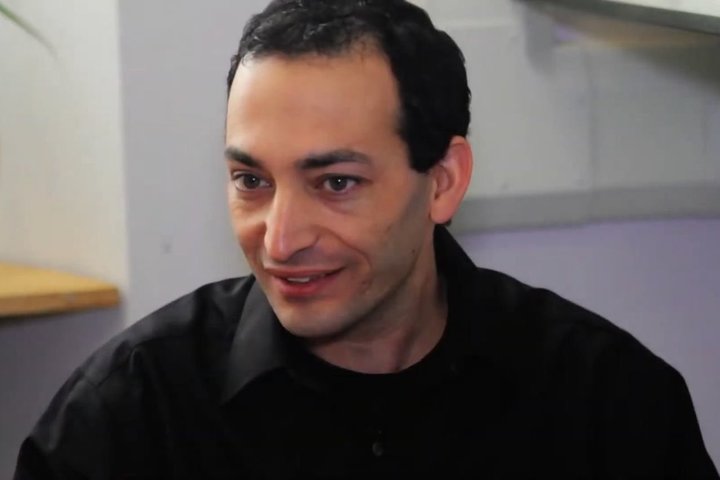Scientists discover method for detecting criminals without DNA and fingertips thanks to microbes
Professor Eran Elhaik about a system of tracking the origin of bacteria that might revolutionize police work
“Recall movies where the bad guy use a cloth to remove the evidence, as in a scene from Horrible Bosses? Well, they may be able to wipe out their DNA and fingerprints, but they have already passed all their bacteria to the gun, so now we can match them, and not only that, we can tell where the crime has happened by matching the bacteria on the gun or the person to the crime scene and to where the criminal got off the bus,” says scientist Eran Elhaik, PhD, Associate Professor at Lund University (Sweden) about his new development based on the analysis of 4,135 samples of microbiomes from different environments in 18 countries. The innovative method using AI allows detecting criminals through the prism of bacteria left on weapons and objects. Read more about it in an interview of Realnoe Vremya with the geneticist.
“The use of AI enabled the creation of mGPS”
Professor, first of all, congratulations on your breakthrough research. In our “super-clean” era due to a widespread use of antiseptics, especially after COVID-19, doctors emphasize more and more that bacteria are of huge importance for the human well-being. These microorganisms keep us healthy and happy. It is surprising to know that these creatures can also keep police workers healthy and happy helping them in crime investigations. How did you come up with the idea of doing this research? What is your breakthrough about?
The breakthrough discussed in the sources is about a new AI tool called Microbiome Geographic Population Structure (mGPS). This tool can pinpoint the geographic origins of microbial communities with impressive accuracy. The tool works like a GPS system, but instead of guiding someone home, it traces the origins of microorganisms found on everyday items such as cell phones, skin, dirt, and even water.
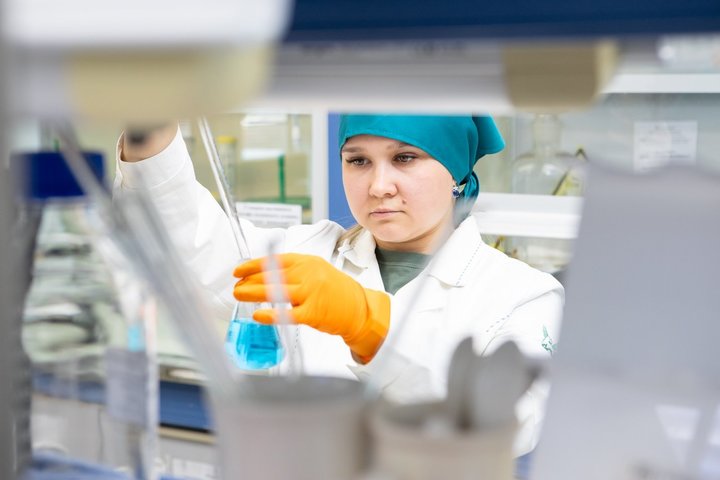
The reason this tool is so important for forensics is because the human microbiome changes based on environmental contact, essentially logging a person's whereabouts. This is different from human DNA, which remains constant and can be wiped clean from a crime scene. The human microbiome, on the other hand, cannot be erased and even wiping a surface will only further spread those microbes.
The mGPS tool was made possible by compiling a massive amount of microbiome data from various sources such as transit systems, soil samples, and bodies of water. One example was the MetaSUB project, which collects and publishes environmental microbiomes and their metadata. These large data sets then allowed the AI to learn the relationship between microorganisms and their environments. The sources don't specifically discuss how the idea for this research was conceived.
Had there been done any similar research on the topic by other researchers?
Previous research efforts in developing microbiome-based biotracing technology were restricted by factors such as limited sample sizes, focus on particular ecosystems, reliance on specific sequencing methods, and lack of universal applicability. Studies were able to classify dust samples to their national source with 90% accuracy based on fungi analysis, and 88% of microbiome samples were classified to their respective cities using microbiome data. However, classification, is a much simpler problem than prediction, where the algorithm predicts coordinates that it was not trained on.
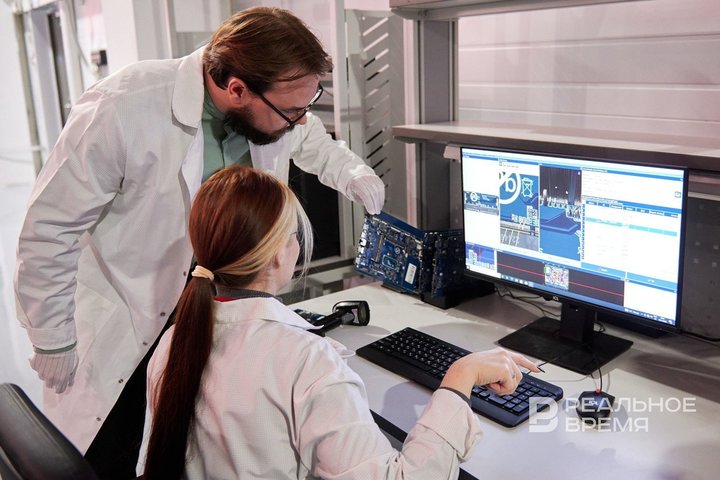
What is the current rule-of-thumb method applied by forensics for this purpose? What are its disadvantages?
For this evidence to stand in trial, it needs to have very accurate error rate. For this, much more work is needed to improve the accuracy further and calculate the error accurately. The disadvantages is that we need more data, collected frequently so now, we need to map the microbiome in cities so that we can solve crime in that city.
Dr Elhaik, as we all can witness nowadays, AI has changed our lives in many spheres. Some complain that it is altering our lives resulting in many drawbacks. On the other hand, there are obviously many advantages — people are free of routine tasks and can save time and money. As I read in the article, AI has also played a role in your recent research. What exactly did AI enable to do in your study that was previously impossible?
The use of AI enabled the creation of mGPS, a tool capable of predicting the geographic origin of a microbiome sample, a task previously deemed impossible. This groundbreaking development was driven by the non-existence of biogeographical tools. mGPS leverages machine learning algorithms to analyze the relative sequence abundances (RSAs) of specific bacterial taxa, termed “Geographically Informative Taxa” (GITs), to predict the source location of a sample. This innovative approach allows mGPS to provide precise and accurate prediction of geographic origin.
Combined, our expertise covers biology, statistics, computer scene, bioinformatics, and AI modeling, reflecting the interdisciplinary nature of the research.
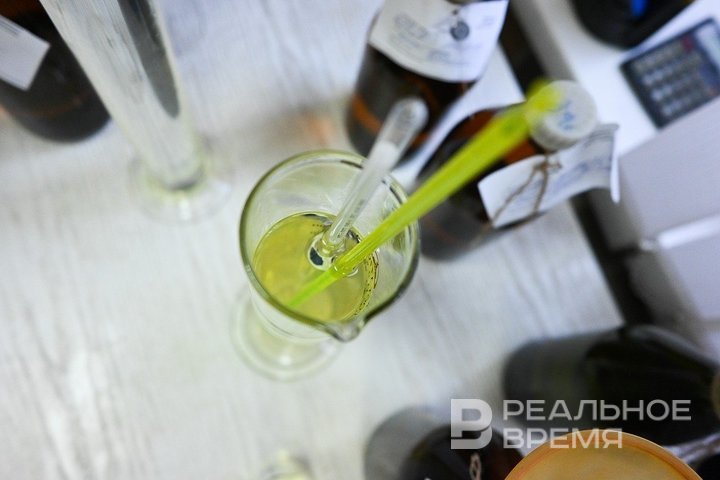
Does its results still have to be checked by humans?
While AI significantly empowers mGPS, human oversight remains essential. Researchers must interpret the results and consider external factors that can influence microbiome composition, such as the mobility of microorganisms due to human activities and the possibility of translocation events, just like human DNA can be wiped out and fingerprint can be copied from place to place. In our case, the accuracy of mGPS predictions can be affected by the frequency of cleaning. This example illustrates that while AI provides a powerful tool, human understanding of contextual factors remains crucial for accurate interpretation of the results.
I can imagine the amount of routine work you are loaded with as a geneticist. And AI can really come in handy. Are you using it widely in your work?
All the time.
How much time is it going to take to start using this new AI-based method in real life?
We are probably 6-7 years away from seeing its application by law enforcement.
You mention a scene from a film. We often see there that criminals try to forge the DNA or fingertips left on the weapon or objects. Can the bacterial evidence be manufactured?
One can be forced to touch an object, say a gun/knife, to pass their bacteria to it… but that sounds too risky for the one forcing them. If the person is unable to move and the bad guy will put the gun in their hand, as if they did the crime, the bacteria on the gun would have the signature of two people… so I would say yes, but it would be much trickier and more uncertain.
How accurate is this approach nowadays?
mGPS exhibits a high degree of accuracy in pinpointing the geographic origins of microbiome samples. This accuracy is demonstrated across various environments and scales, from cities to transit stations:
- Urban Environments: mGPS achieved an impressive 92% accuracy in predicting the source city for urban samples.
- Fine-Scale Accuracy: The tool's fine-scale resolution is evident in its ability to distinguish between closely located sites. In Hong Kong, mGPS accurately identified the originating subway station for 82% of the samples. It was even able to differentiate the microbiome of a kiosk from a nearby handrail less than a meter away in New York City.
- Soil Microbiomes: mGPS demonstrated success in predicting the origin of soil samples, achieving an accuracy of 86% in identifying the sampling country.
- Marine Microbiomes: While marine environments present challenges due to the mobility of water, mGPS still achieved 74% accuracy in predicting the oceanic water body of origin for the samples analyzed.
How much time did it take you and your time to complete the research? What was the most difficult part in this research?
Seven years. The hardest part was to convince the reviewers, who have never heard of such an application.
Have you faced any skepticism regarding your tool?
It's not skepticism—it's an inability to fully process the study. Familiar ideas are easier to digest, while pioneering something entirely new, as my lab often does, can be so impactful that it sometimes works against us.
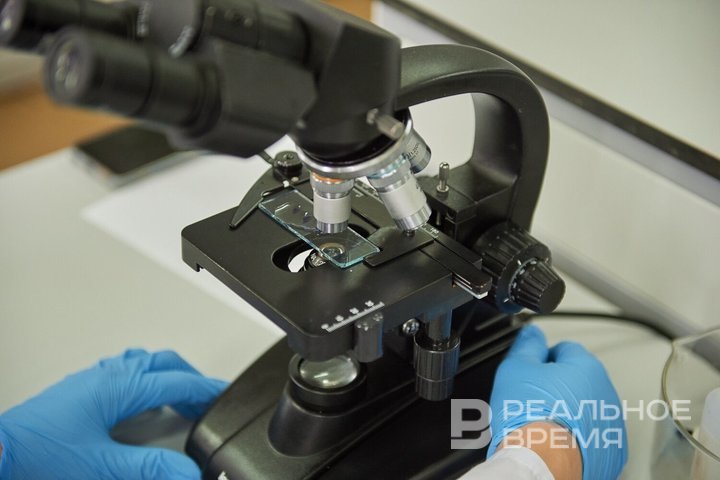
“Growing travel can pose challenges to tracing the origin of bacteria”
It can be said that the bigger is the sample database, the more accurate the results in crime investigation are. You analysed public transport, soil and marine samples. How can the choice be justified?
Exactly. Our aim was to demonstrate that our method can analyze diverse global environments and that it’s adaptable beyond a single dataset. We tested and showed its applicability across “sea, earth, and air” contexts, reflecting the real-world environmental conditions in which the method is built to function.
I would like to ask you about the geography of your samples. The press release of your research reads you examined 53 cities from 18 countries. Are these cities located in different continents? How did you choose these sites?
Most of the data came from the MetaSUB project, which collected samples from 53 cities in 18 countries across six continents. Antarctica was the only continent not represented in the dataset. The cities were chosen by the willing of local researchers to study their environment and their ability to work with local authorities to get the necessary permits.
Is Russia among them? If no, is it expected to join the work?
Russia was not sampled in any of the global datasets that we used. I don’t know if they are expected to join any of those consortia, but Russian scientists are free to sample their environment like everyone else.

Nowadays we live in a multicultural world where people actively travel, there is huge commodity turnover between continents. Can this be a problem when tracing the origin of bacteria?
Yes, the increasing interconnectedness of our world through travel and trade can pose challenges to tracing the origin of bacteria. This is because the movement of people and goods facilitates the translocation of microbiomes between different geographical locations, making it difficult to distinguish between local and nonlocal microorganisms. But applying mGPS at the right places, say airports, before it got local bacteria can help prevent crime. For example, imagine that someone smuggles illegal diamond from South Africa to Russia and they have labels saying that those diamonds were lab-grown in India. With mGPS, you can tell that this is fake, because their microbiome would be that of South Africa, not India. Once the diamonds reach the store, it would be too late, because they would acquire Russian microbiome.
